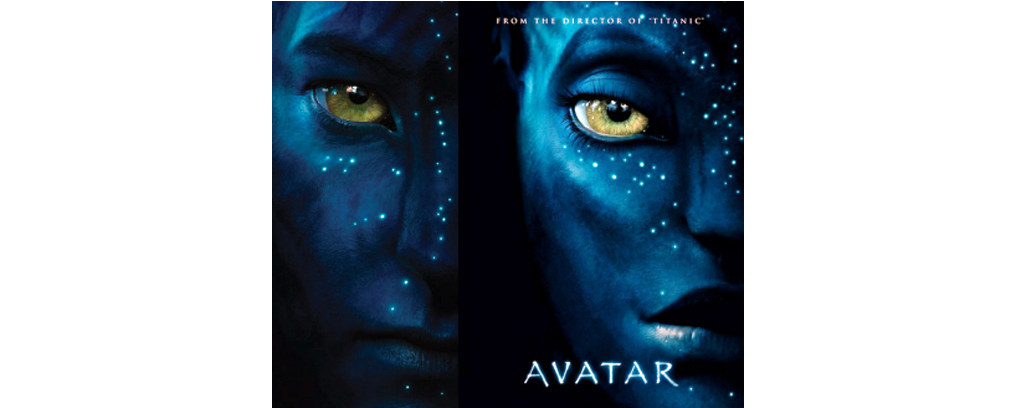

Launched by Twentieth Century Fox in December 2009, Avatar not only became a cinematic sensation but also a merchandising phenomenon with an expansive program featuring 125 licensed products spanning toys, apparel, publishing, and video games. With retail sales now exceeding $153 million, the Avatar brand has proven its enduring brand equity. Even without a confirmed movie sequel, Fox remains committed to the brand’s long-term success, planning to introduce new licensed products, including costumes, board games, and bedding items, strategically timed for the pivotal fall back-to-school, Halloween, and holiday shopping seasons.

Recognizing Avatar as a ‘true game changer,’ Robert Marick, Executive VP of Fox Consumer Products, emphasizes the brand’s enduring strength, stating, ‘We know that Avatar can thrive at retail independent of new movie releases, and we are developing creative ways to engage fans throughout the year.’ This strategic approach underscores the sustained brand equity of Avatar, showcasing a commitment to continuous fan engagement beyond cinematic releases.
Beyond revolutionizing merchandising, Avatar has redefined success on multiple fronts, breaking numerous box office records. Just six weeks post-release, it surpassed Titanic to become the highest-grossing movie of all time, boasting a worldwide gross of $2.729 billion. The success is attributed to factors like increased 3D movie ticket prices and substantial triumphs in previously challenging markets like China and Russia, setting a new standard for sustained cinematic brand equity.
By evolving the Avatar movie into a brand extending beyond the film’s narrative, Fox is investing in Avatar’s long term asset value, or brand equity. This seems to follow in the footsteps of the Star Wars movies, another blockbuster-franchise that turned into creator George Lucas’s cash cow. Both films share important parallels: technical novelty, a heroic narrative and complex imaginary worlds, providing a rich foundation for subsequent merchandise launches. Product and service brands often strive to give their brands a story and an experience to connect with consumers on an emotional level. Star Wars and Avatar have already done this through the movies themselves, but it remains to be seen whether the perceptions that have been built can be sustained long term.
As a distinct advantage, Avatar’s utilization of the 3D format seamlessly extends into the toy and video game industry. Mattel has innovatively introduced a line of toys featuring an iTag, enabling buyers to unlock 3D images on their computers. This technological integration ensures that Avatar’s brand extensions align consistently with the cinematic experience, a pivotal factor in fortifying a robust brand equity. Consumers engaging with Avatar’s 3D-enhanced merchandise can relive the immersive journey into another existence, mirroring the allure of the original film.
Can Avatar transcend its cinematic success to establish itself as a lasting product brand, or is the fascination with the Na’vi people merely a passing trend? Unlike iconic brands with a clear core concept, such as Nike’s association with victory or Volvo’s commitment to safety, Avatar’s complexity poses a challenge. Identifying a singular overarching concept for the Avatar brand is elusive. Similar to the challenges faced by Star Wars, the enduring success of its product line depends on maintaining consistency and relevance in the eyes of consumers and fans in the years ahead.
A Labbrand Group Company © 2005-2025 Labbrand All rights reserved
沪ICP备17001253号-3To improve your experience, we use cookies to provide social media features, offer you content that targets your particular interests, and analyse the performance of our advertising campaigns. By clicking on “Accept” you consent to all cookies. You also have the option to click “Reject” to limit the use of certain types of cookies. Please be aware that rejecting cookies may affect your website browsing experience and limit the use of some personalised features.